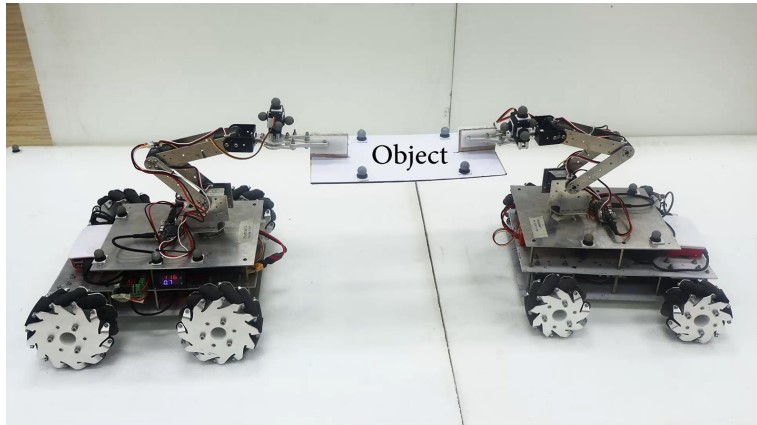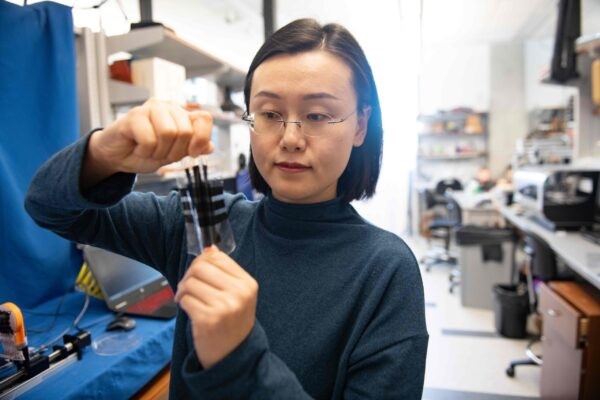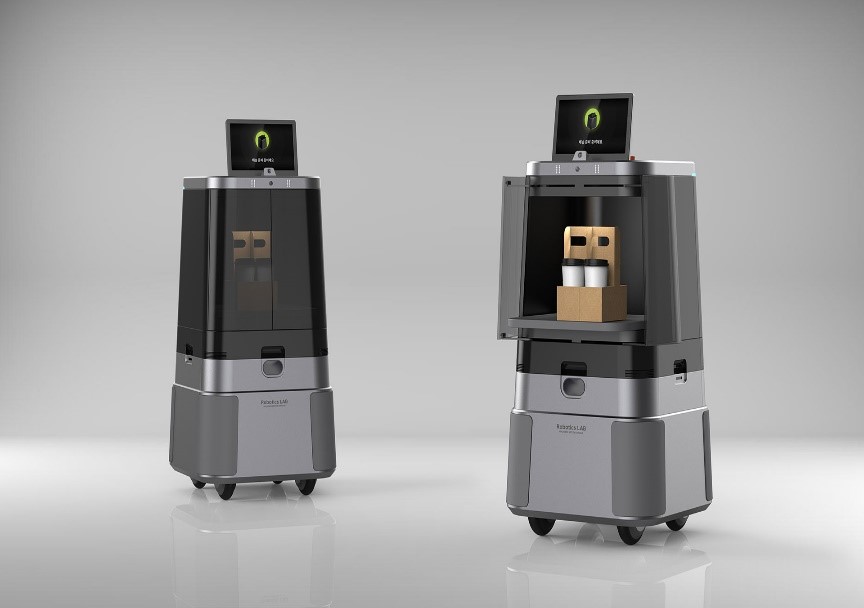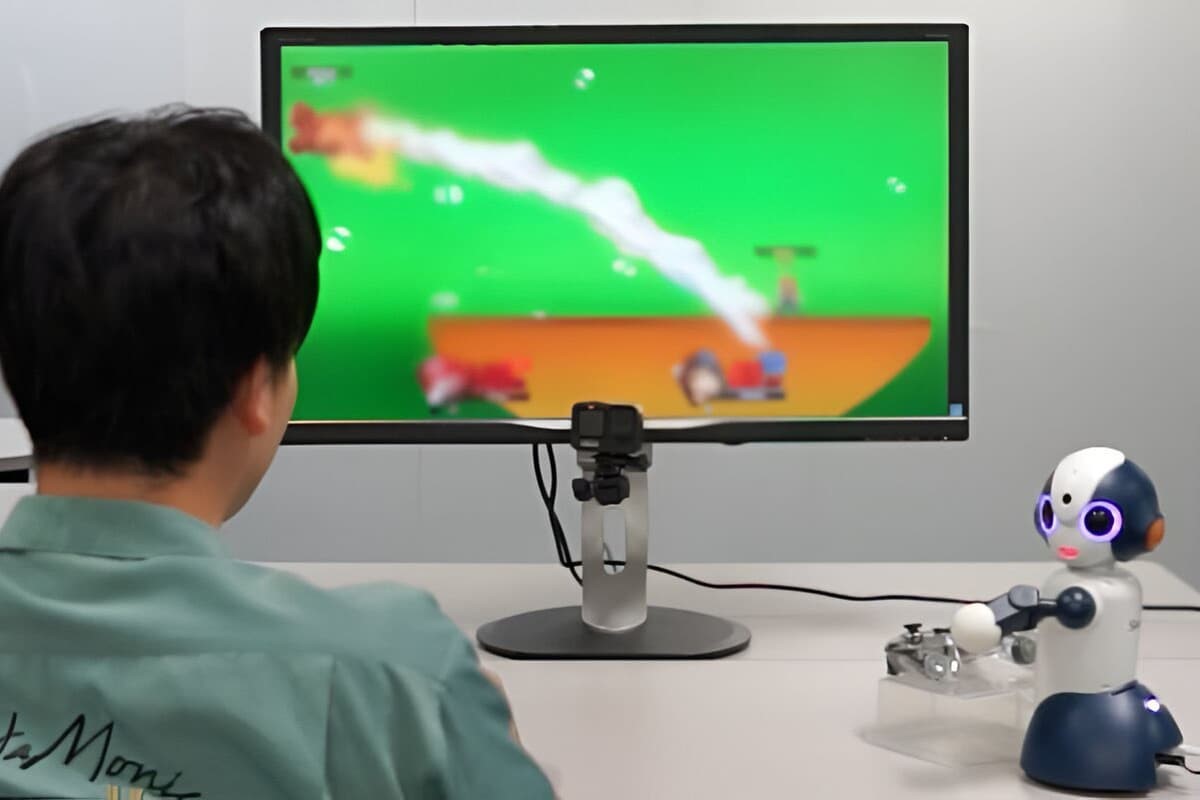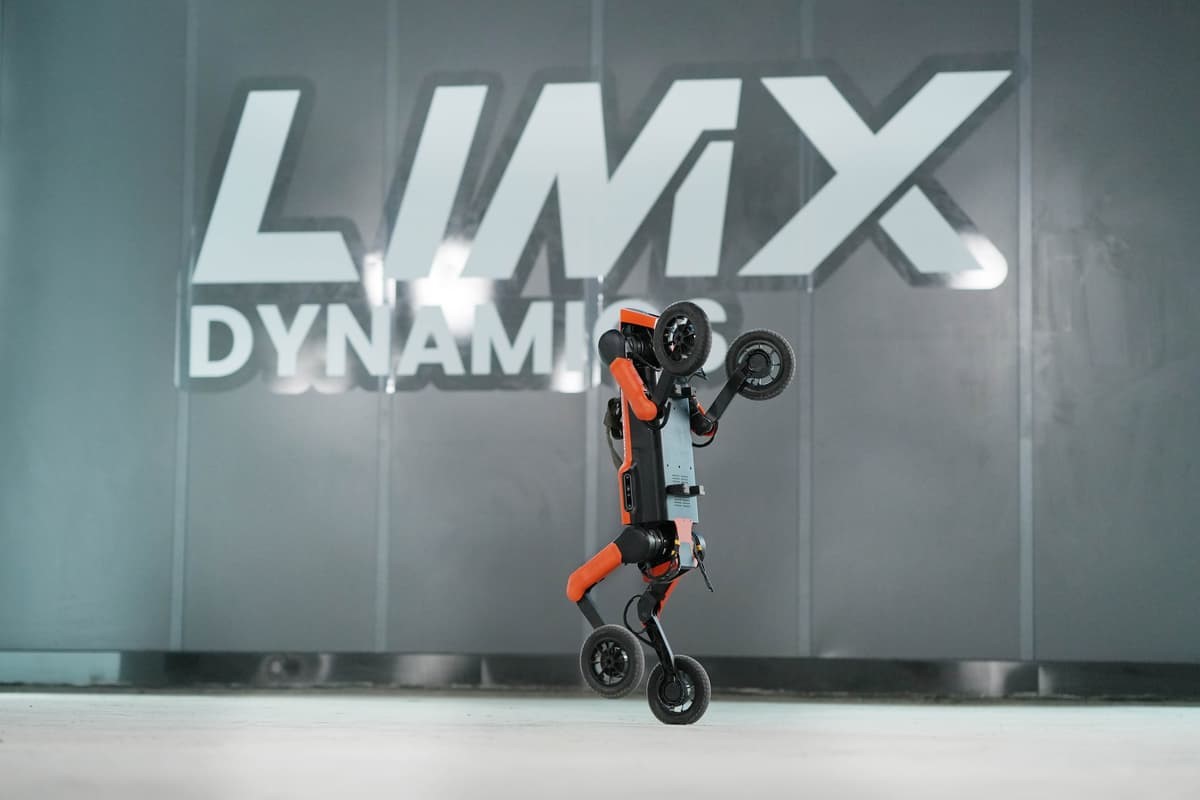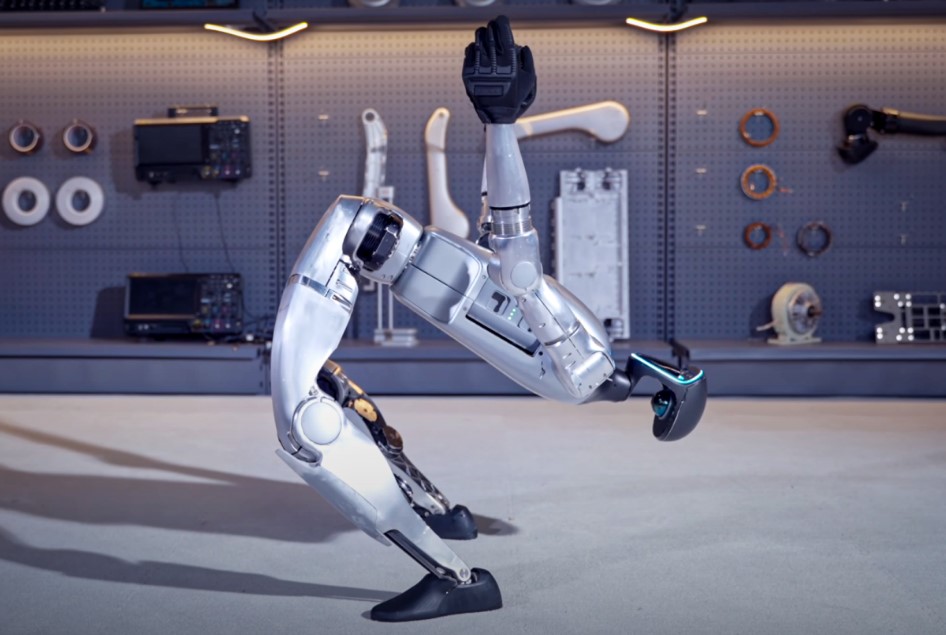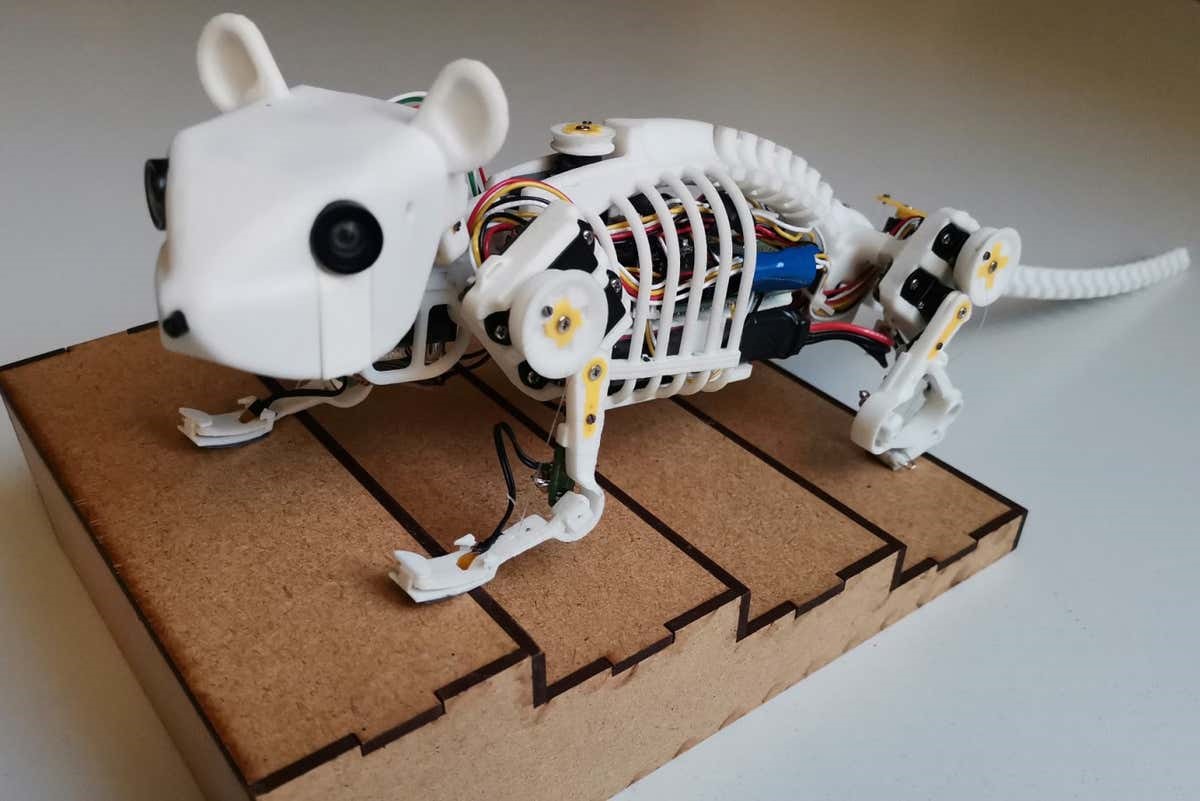KAIST's Revolutionary Soft Fluidic Switch: Pioneering Ultra-Low Power Technology for Soft Robotics and Beyond
A team of researchers at the Korea Advanced Institute of Science and Technology (KAIST) has unveiled a cutting-edge soft fluidic switch that operates at ultra-low power and boasts a remarkable force-to-weight ratio. Led by Professor IlKwon Oh from the Department of Mechanical Engineering, the team's innovation holds tremendous promise for applications in soft robotics, medical devices, and wearable technologies.

Figure 1. Soft Fluidic Switch. (Credit: KAIST)
Figure 1 shows the separation of fluid droplets using a soft fluid switch at ultra-low voltage. The key to their invention lies in the use of ionic polymer artificial muscles, designed to mimic human muscle movements. Unlike conventional motors, these artificial muscles respond to external stimuli such as electricity, air pressure, and temperature changes, providing flexible and natural movements. However, controlling these movements precisely, especially in confined spaces, has been a challenge.
To overcome these limitations, the research team developed an electro-ionic soft actuator capable of controlling fluid flow while generating substantial force. Unlike rigid and bulky existing motors, this soft fluidic switch is designed to excel in narrow spaces. The ionic polymer artificial muscle, a mere 180 µm thick (similar to a human hair), produced a force more than 34 times greater than its weight of 10 mg at an ultra-low power of approximately 0.01V.
The breakthrough lies in the integration of a polysulfonated covalent organic framework (pS-COF) with the artificial muscle's electrode. This innovation enables the switch to precisely control the direction of fluid flow with minimal power consumption.
Professor IlKwon Oh expressed his enthusiasm about the technology's potential impact, stating, "The electrochemical soft fluidic switch operating at ultra-low power can open up many possibilities in the fields of soft robots, soft electronics, and microfluidics based on fluid control." He emphasized its versatility, noting its applicability from smart fibers to biomedical devices, making it suitable for various industrial settings.
The research findings, published in the international academic journal Science Advances on December 13, 2023, highlight the collaborative efforts of the team, with Dr. Manmatha Mahato serving as the first author. The project received support from the National Research Foundation of Korea's Leader Scientist Support Project (Creative Research Group) and Future Convergence Pioneer Project.
In conclusion, KAIST's soft fluidic switch breakthrough not only marks a significant stride in the realm of artificial muscles but also opens the door to transformative possibilities in soft robotics and beyond. Stay tuned for the exciting potential applications in our daily lives, from innovative smart fibers to groundbreaking biomedical devices.
Source: KAIST
Cite this article:
Hana M (2024), KAIST's Revolutionary Soft Fluidic Switch: Pioneering Ultra-Low Power Technology for Soft Robotics and Beyond, AnaTechMaz, pp. 17



